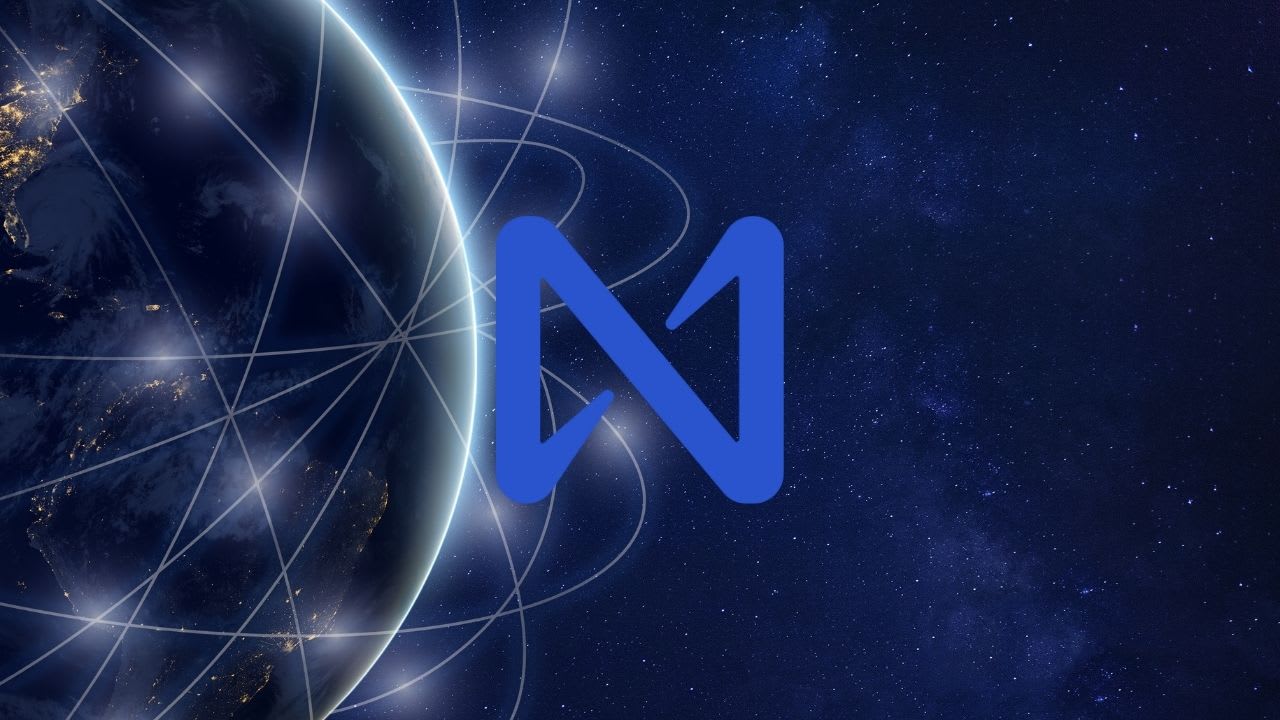New and Improved NEAR Labels
Lets dive into which specific projects and project types (defi, nfts, etc) generate the most gas fees, have the most users, and have the highest number of transactions per user.
What is NEAR Protocol?
NEAR Protocol is a smart contract capable, public Proof-of-Stake (PoS) blockchain that was conceptualized as a community-run cloud computing platform. Built by the NEAR Collective, NEAR was designed to host decentralized applications (dApps), and strives to compete with Ethereum and other leading smart contract-enabled blockchains like EOS and Polkadot. NEAR’s native token is also called NEAR, and is used to pay for transaction fees and storage. NEAR tokens can also be staked by token holders who participate in achieving network consensus as transaction validators. NEAR Protocol is focused on creating a developer and user friendly platform. To accommodate this mission, NEAR has incorporated features like human-readable account names as opposed to only cryptographic wallet addresses, and the ability for new users to interact with dApps and smart contracts without requiring a wallet at all.
Sections
- First we look at the transactions/fee/users
- Then the average number of transactions per users/average fee per users
- We check each project type(defi, nft ,...) with theses parameters
- Then check the transactions status by project type
- Average time between transactions of users by each project type
- New users interactions with each project
- Distribution of projects by users active days
- Finally we dive to defi label which has largest number of users and fee volume
- And then we check education label wih largest average of transaction per user

Method
We consider 150 days period for this dashboard but you can change period by top of the dashbiard.
We use from near.core.fact_transactions and near.core.dim_address_labels tables by join function we find label_type and projects. we only consider success transactions for this part.
We also distribute users by number of active days(each day that they made transaction), average day to user made another transaction and new users activity after they join Near ecosystem.